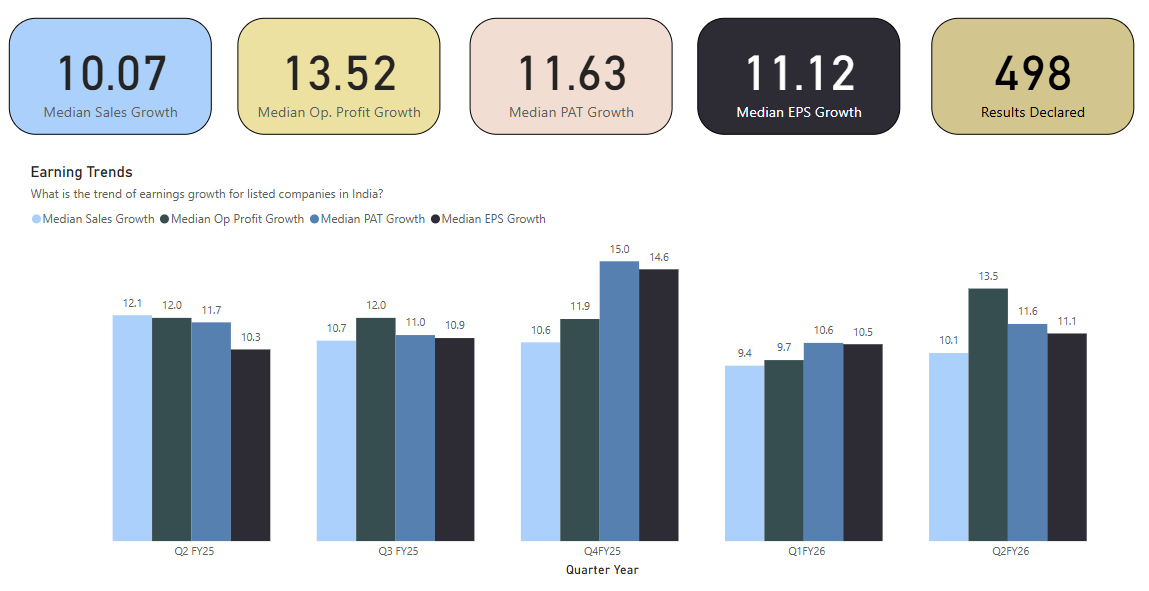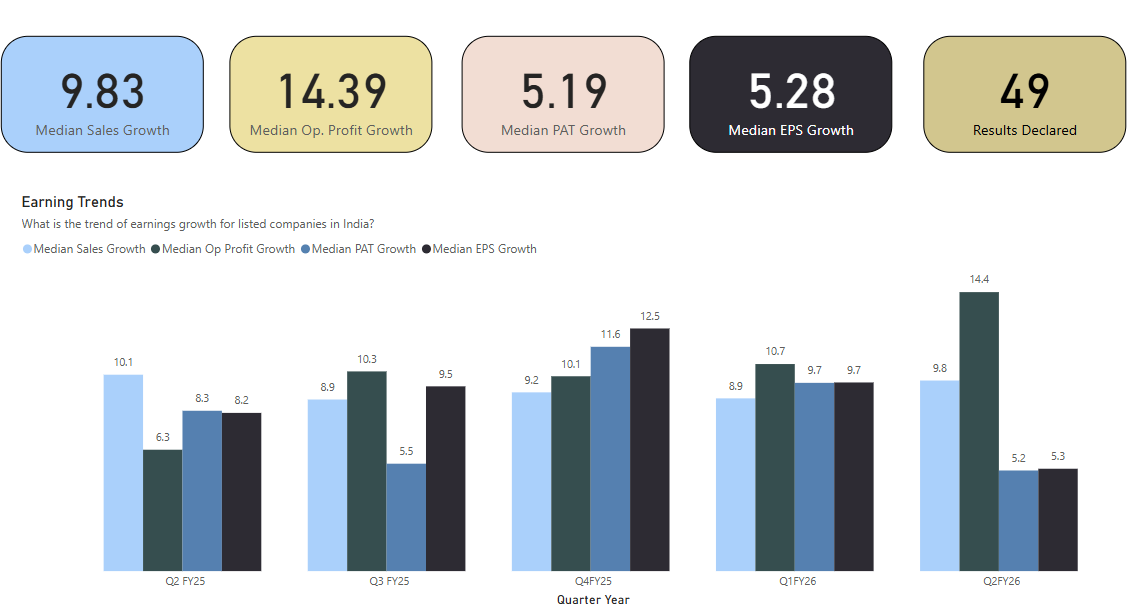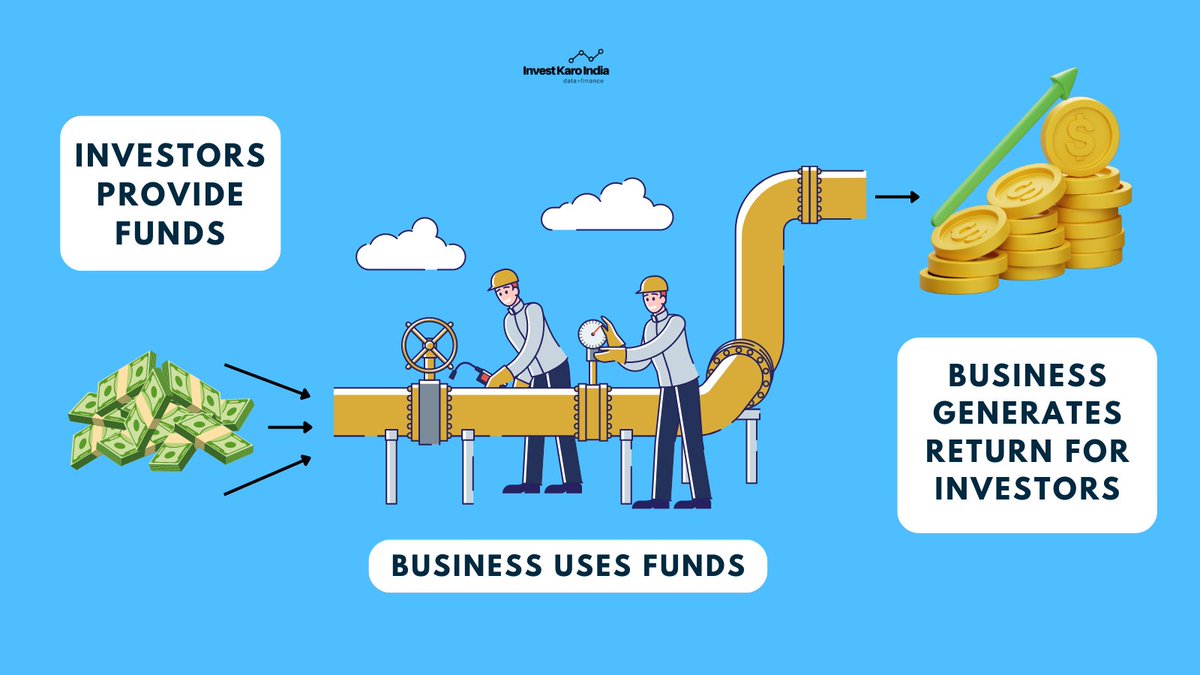It's the weekend!
Grab a cup of coffee, in this thread I will explain
1. Why position size and allocations are key to investment returns?
2. How to determine correct position size?
3. How to manage and maintain existing positions?
Lets dive right in!
Grab a cup of coffee, in this thread I will explain
1. Why position size and allocations are key to investment returns?
2. How to determine correct position size?
3. How to manage and maintain existing positions?
Lets dive right in!

Allocations are everything when it comes to investing and its a place where majority of investors go wrong. 

If fundamental bottoms up research is your rocket
then
your position size is the fuel that will carry your rocket (investment) to the mooooon 🚀🌕
then
your position size is the fuel that will carry your rocket (investment) to the mooooon 🚀🌕

Its useless to have the world most powerful rocket (investment opportunity)
if you do not put enough fuel (allocation) in it to launch it to orbit (generate returns).
if you do not put enough fuel (allocation) in it to launch it to orbit (generate returns).
Allocation and correct position size determines how much you win when you're right and how much you lose when you're wrong. 

A position with 10% allocation becomes 20% of Portfolio (if the position doubles)
While the same position with just 1% allocation returns only 1% of Portfolio (if it doubles)
While the same position with just 1% allocation returns only 1% of Portfolio (if it doubles)

Even a few 10 baggers in one's investing career are enough to generate some serious 'Financial Independence' level wealth
IF and ONLY IF
position sizes and allocations are done correctly.
IF and ONLY IF
position sizes and allocations are done correctly.

I come across so many investors who hold many multibaggers in a portfolio but with allocations of less than 1%
While others allocate too much at lifetime highs, only to face steep drawdowns when market cycle corrects.
While others allocate too much at lifetime highs, only to face steep drawdowns when market cycle corrects.
It may seem there is no scientific logic to this but I can assure you there is a method to madness here.
Let's explore this method in detail.
Let's explore this method in detail.

In my opinion, the correct way to determine position size is based on following factors
1⃣ Margin of Safety
2⃣ Time to Earning Triggers
3⃣ Opportunity Size
Lets explore each of these in detail.
1⃣ Margin of Safety
2⃣ Time to Earning Triggers
3⃣ Opportunity Size
Lets explore each of these in detail.
1⃣ Margin of Safety
This refers to current valuations of the company
If the valuations are already too high, your incremental returns will be low and probability of drawdown will be high.
This refers to current valuations of the company
If the valuations are already too high, your incremental returns will be low and probability of drawdown will be high.

As such if you're allocating a large portion of your portfolio in such an investment outright, you are exposing yourself to probability of large drawdowns. 

Let's understand this further with an example from my own portfolio.
As you can guess, some of the above companies are valued to perfection while others are not.
I opted to invest in this theme with a combination of
direct EV plays + a couple of proxy ones.
I opted to invest in this theme with a combination of
direct EV plays + a couple of proxy ones.
The reason behind this approach is to align the portfolio to benefit from this theme (on the upside)
while inculcating a built in margin of safety and protecting from hefty drawdowns (on the downside).
while inculcating a built in margin of safety and protecting from hefty drawdowns (on the downside).
Using this approach meant companies like Sona Comstar and Tesla, while very good at what they do, were out from the investable universe due to their current valuations.
I narrowed down and opted to research and invest in companies like Hero, Gogoro and proxy plays like REMX (which is a rare earth metal ETF). 

The reason behind this approach is
a) Margin of Safety (Hero, Gogoro, REMX) were all available at comfortable or cheap valuations
b) Exposing my portfolio to entire EV value chain (from metals used in EVs to Battery Systems to Final EV Products)
a) Margin of Safety (Hero, Gogoro, REMX) were all available at comfortable or cheap valuations
b) Exposing my portfolio to entire EV value chain (from metals used in EVs to Battery Systems to Final EV Products)
This is an example of how you can choose to invest in a theme without really compromising on Margin of Safety.
But does that mean, we buy and allocate the entire position at once?
No!
This is where the next concept comes in to help.
But does that mean, we buy and allocate the entire position at once?
No!
This is where the next concept comes in to help.
2⃣ Time to Earnings Triggers
This concept helps you determine when to invest and how to scale up your positions.
This concept helps you determine when to invest and how to scale up your positions.

Earnings Trigger = Change in fundamentals that leads to a jump in Sales, Profitability, Margins or Return Ratios 

Earnings Triggers for a company can be anything ranging from
Incremental Sales from a New Plant
Migration to Higher Margin Products
Upcoming Regulatory Changes
any many more!
Incremental Sales from a New Plant
Migration to Higher Margin Products
Upcoming Regulatory Changes
any many more!
If the earnings trigger is in the short term (~3 months away) and valuations provide for ample margin of safety, then you should be allocating a higher weight to the investment. 

Similarly, if earnings triggers will play out in the long term (> 1 year), start your position size small and build your way up as fundamentals start showing signs of improvement. 

Building up on my previous example of EV sector, this is how I am building my position in Hero.
For Hero, entire 2022 is filled with earnings triggers.
The company will launch at least 2 EV vehicles, go live with their Gogoro partnership and foray into premium segments.
For Hero, entire 2022 is filled with earnings triggers.
The company will launch at least 2 EV vehicles, go live with their Gogoro partnership and foray into premium segments.

These earnings triggers however, won't translate to fundamentals until end of 2023.
As such when I started investing in Hero (in Oct'21) I didn't buy everything outright.
Instead I chose to start small, allocating only 10% of my target position in the company.
As such when I started investing in Hero (in Oct'21) I didn't buy everything outright.
Instead I chose to start small, allocating only 10% of my target position in the company.
When stocks corrected in late Oct and most of Nov, I kept on increasing my existing position and now it is almost ~40% of my target end of FY23 position size.
If you invest too early, you will have to wait longer for a position to start performing.
If you invest too late, you will not be able to buy as much as you would want to.
Its a balancing act.
If you invest too late, you will not be able to buy as much as you would want to.
Its a balancing act.

3⃣ This brings us to our last factor - Opportunity Size
You have to consider how much incremental return an investment can generate in order to determine how much you invest.
You have to consider how much incremental return an investment can generate in order to determine how much you invest.

Electric Vehicles, are for example, a much bigger opportunity today than lets say Cement.
As such you cannot go guns blazing on a cement company and allocate large chucks of your portfolio.
As such you cannot go guns blazing on a cement company and allocate large chucks of your portfolio.

In sectors and themes like EVs, you can afford to take that risk provided there is ample margin of safety in your investment.
It's the combination of the above three factors that help you determine how much you allocate and how.
Finally, lets explore the last topic in this thread - How to maintain and manage existing positions? 

Its okay to trim your positions and have some churn in your portfolio.
Having said that trimming does not equal to selling!
Having said that trimming does not equal to selling!

Sometimes in a bull market, valuations run faster than fundamentals.
Returns you expected in 3 years are generated within a few months.
Returns you expected in 3 years are generated within a few months.
So its important that you actively manage your position size
You may choose to trim your positions in scenarios where valuations increase too much without any earnings trigger nearby.
You may choose to trim your positions in scenarios where valuations increase too much without any earnings trigger nearby.
I will repeat again
"Trimming does not equal selling"
Selling 10-20% of a position when valuations are extreme and no earnings trigger near, is okay.
Selling 50-80% of a position that has its fundamentals intact, is not.
"Trimming does not equal selling"
Selling 10-20% of a position when valuations are extreme and no earnings trigger near, is okay.
Selling 50-80% of a position that has its fundamentals intact, is not.
Just like Investing, Allocation and Position Sizing is a skill, which can be learnt and refined with practice and time.
Follow the rules often and experience will teach you when and how to allocate.
Follow the rules often and experience will teach you when and how to allocate.

I hope this thread, was helpful in determining how to build up or scale down your positions and your investment allocations.
If you're new here, I write a new thread every weekend, explaining an investing concept.
Here is a link to all my other threads
Here is a link to all my other threads
https://twitter.com/itsTarH/status/1401095938945425410?s=20
Hosting a webinar next Sunday (5th December) on New and Renewable Energy
Join us if it sounds interesting to you!
More Details on Webinar ⤵️
Join us if it sounds interesting to you!
More Details on Webinar ⤵️
https://twitter.com/itsTarH/status/1460261838415745027?s=20
I also teach a few classes at @skillshare, sign up using any of the below links to get access to them along with 30,000+ classes on the Skillshare platform absolutely FREE for 30 days. 

Class on Data Visualization
Get access to the class by using the below link
skl.sh/2XNug6A
Get access to the class by using the below link
skl.sh/2XNug6A
https://twitter.com/itsTarH/status/1427993843127906304?s=20
Class on Personal Finance
Get access to the class by using the below link
skl.sh/2Wjk7A7
Get access to the class by using the below link
skl.sh/2Wjk7A7
https://twitter.com/itsTarH/status/1419694448892514311?s=20
Also, write and publish long form articles on my @SubstackInc
Subscribe for FREE, if you're interested and join 7000+ readers that get insights on investment opportunities and emerging themes, delivered straight to their inbox every few weeks.
investkaroindia.substack.com
Subscribe for FREE, if you're interested and join 7000+ readers that get insights on investment opportunities and emerging themes, delivered straight to their inbox every few weeks.
investkaroindia.substack.com
Please retweet, the first tweet in this thread.
Thank you for reading!
See you next weekend with a brand new thread.
Thank you for reading!
See you next weekend with a brand new thread.
• • •
Missing some Tweet in this thread? You can try to
force a refresh
























